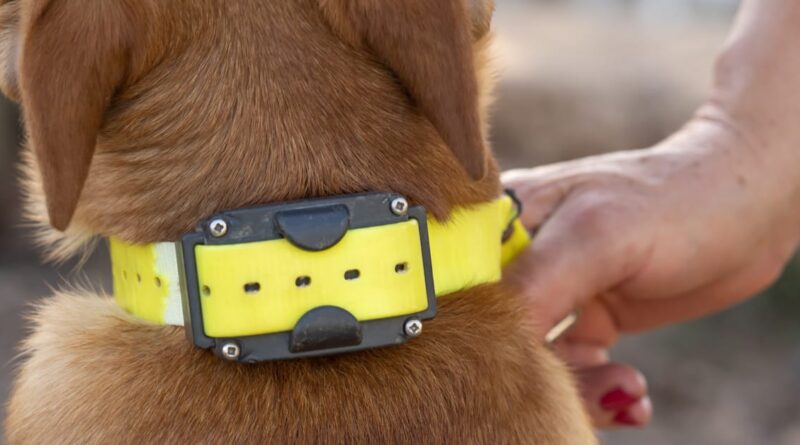How to Effectively Train Your Dog With a Bark Collar
New Zealand has a strong culture of dog ownership and appreciation. Dogs have been part of the country’s history for centuries and are considered essential to many Kiwi families. A report of 2022 revealed 605,834 dogs were registered in New Zealand. In addition, 487,579 owners were registered.
Although these pets are a man’s best friend, they may sometimes exhibit undesirable behaviours, such as excessive barking, which can be a nuisance to the owner and neighbours. You can look for a bark collar in NZ, as it is a popular tool used to train them to bark less. In this article, you can learn ways to effectively train them.
Preparing Your Dog

Before you start using the collar, preparing them for the training is crucial. Introduce the collar by letting them sniff it and get used to its weight and texture. Furthermore, you can reward them with treats and praise to create a positive association with it.
Once your dog is comfortable wearing it, it’s time to start the training. It’s best to begin in a quiet environment without distractions like other pets or people. It will allow your pet to focus on the training and reduce the likelihood of triggering false positives from the collar.
Training Your Dog
When your pet starts barking, the bark collar activates and issues a corrective stimulus. It’s crucial to ensure that the stimulus is strong enough to deter barking but not so strong that it causes discomfort or harm to them. Begin with the lowest intensity level and gradually increase the intensity until you find the right level.
It’s essential to use the collar consistently and only when necessary. Avoid leaving it for extended periods or using it as a punishment tool. It can lead to negative associations with it and harm your dog’s mental and emotional well-being.
Positive Reinforcement

Positive reinforcement is an effective training tool that can help reduce excessive barking. When your pet is quiet, reward them with treats, praise, or playtime. It will reinforce the desired behaviour and create a positive association with being quiet.
It’s important to note that positive reinforcement should be used in conjunction with the collar, not as a replacement. Using both tools will create a comprehensive training plan and increase the likelihood of success.
Monitoring Progress

Monitoring your dog’s progress is essential to ensure that the training is effective and that they are not experiencing any adverse effects. Keep track of their barking behaviour, the collar’s sensitivity level, and any changes in your pet’s behaviour or demeanour.
If you notice negative changes in their behaviour, such as increased anxiety, aggression, or fear, you must stop using it immediately and seek professional help. A professional trainer or vet can assist you in modifying your training plan to ensure the well-being and safety of your pet.
Additionally, it’s essential to follow the regulations set forth by the New Zealand government regarding the use of bark collars. The Ministry for Primary Industries has issued guidelines that outline the rules for using them, including the requirement to use them that meet specific safety standards.
Conclusion
Training your dog with a bark collar in NZ can be an effective tool to reduce excessive barking. Remember to use it consistently and responsibly and prioritise their safety and well-being. If you are unsure about using it or have concerns about your pet’s barking behaviour, consult a professional trainer or veterinarian. They can guide and support you in developing a comprehensive training plan tailored to your pet’s individual needs and personality. By working together, you can help them learn to bark less and be a happier and healthier family member.



